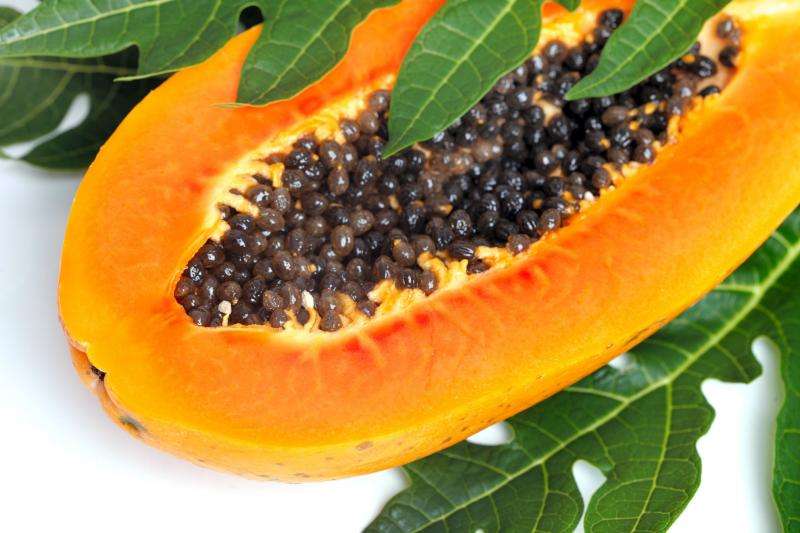Using ozone to protect papaya exports

Postharvest diseases reduce the value and quality of agricultural products, leading to economic losses for growers and producers. This is a major issue for agricultural countries like Malaysia, which exports papaya. Current technologies such as synthetic fungicides help minimise these losses, although potential risks to human health and the ecosystem restrict the use of such chemicals.
Led by Professor Asgar Ali, researchers at the Centre of Excellence for Postharvest Biotechnology at the University of Nottingham Malaysia Campus are currently exploring the potential of ozone as a safer alternative to synthetic fungicides. This technology could help maximise profits for producers while improving the safety and quality of agricultural products for consumers.
"It is saddening that current practices are too dependent on the use of synthetic chemicals – no doubt due to their effectiveness. But our health should come into consideration as well," says Professor Ali.
To test the effects of ozone, the team exposed freshly harvested papaya to gaseous ozone for 96 hours and then stored it at cool temperatures for 14 days. The results showed that ozone-treated papaya had higher antioxidant activity and higher levels of ascorbic acid, beta-carotene and lycopene than untreated papaya.
Professor Ali's team also found that ozone treatment can delay and decrease the incidence of anthracnose, a common postharvest disease of papaya, by inhibiting the growth of microorganisms on the surface of the fruit. Ozone is also effective at removing fungicide residues.
Further study confirmed that ozone has similar antimicrobial effects on freshly cut fruits and vegetables, which are generally more exposed to bacterial contamination during the cutting process.
Professor Ali's team is currently working in collaboration with healthcare technology supplier MedKlinn International to further research on ozone treatment as a safer alternative for food protection. This collaboration will look into the commercialisation of ozone treatment with some fruit and vegetable growers and exporters. MedKlinn will supply an ozone chamber to these groups as a pilot project while Professor Ali's team will provide technical expertise. This collaboration aims at targeting the fruit and vegetable export companies in Malaysia and recommending the use of ozone treatment as a safe alternative to the control of postharvest anthracnose.
Provided by University of Nottingham Malaysia Campus


















